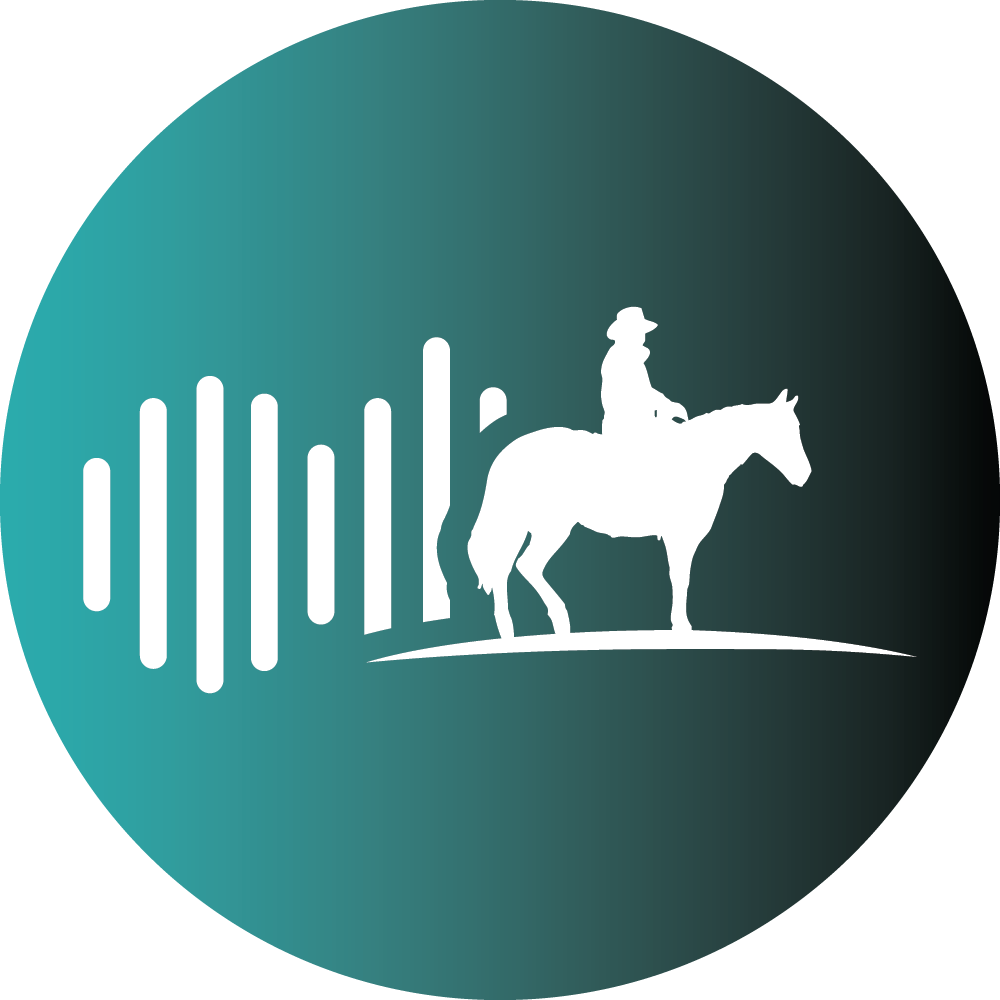Six of the state’s seven most populous counties have grown substantially over the past decade and a half. According to census figures, that growth is slowing.
By Eric Dietrich MONTANA FREE PRESS
Montana’s largest counties continue to grow in population, but the rate at which they’re adding new people has slowed in recent years, according to data from the U.S. Census Bureau, which released official county-level population counts for 2023 March 14.
Yellowstone County (including Billings), Gallatin County (including Bozeman), Missoula County, Flathead County (including Kalispell), Cascade County (including Great Falls), Lewis and Clark County (including Helena) and Ravalli County (the Bitterroot Valley) combined are home to 740,000 people, 65% of Montana’s overall population.
Six of the seven counties, all except for Cascade, have grown substantially in recent years — though at varying rates at different times.

Gallatin County and Missoula County, which include the left-leaning college towns around Montana State University and the University of Montana, saw their population growth crest in the mid-2010s before generally declining until again bumping up during the COVID-19 pandemic. The Bozeman area, for example, posted 3.8% growth in 2016, but was down to 1.2% in 2023.
In comparison, Flathead County and Ravalli County, comparatively conservative parts of the state, saw extraordinarily strong population growth during the pandemic, peaking respectively at 3.7% and 3.8% growth in 2021. Growth in both counties has also tapered off in recent years, however.
Montana as a whole has also seen population growth slow as the pandemic has ebbed, adding 9,900 residents for a 0.9% growth rate in 2023.
This data is based on numbers from the U.S. Census Bureau’s population estimates program, which uses public records such as birth certificates and IRS tax returns to estimate county-level population figures in the years between the once-a-decade census that tries to count every U.S. resident directly. The population figures represent the bureau’s estimate as of July 1 of a given year, meaning the rate for 2023 represents estimated growth between mid-2022 and mid-2023.














